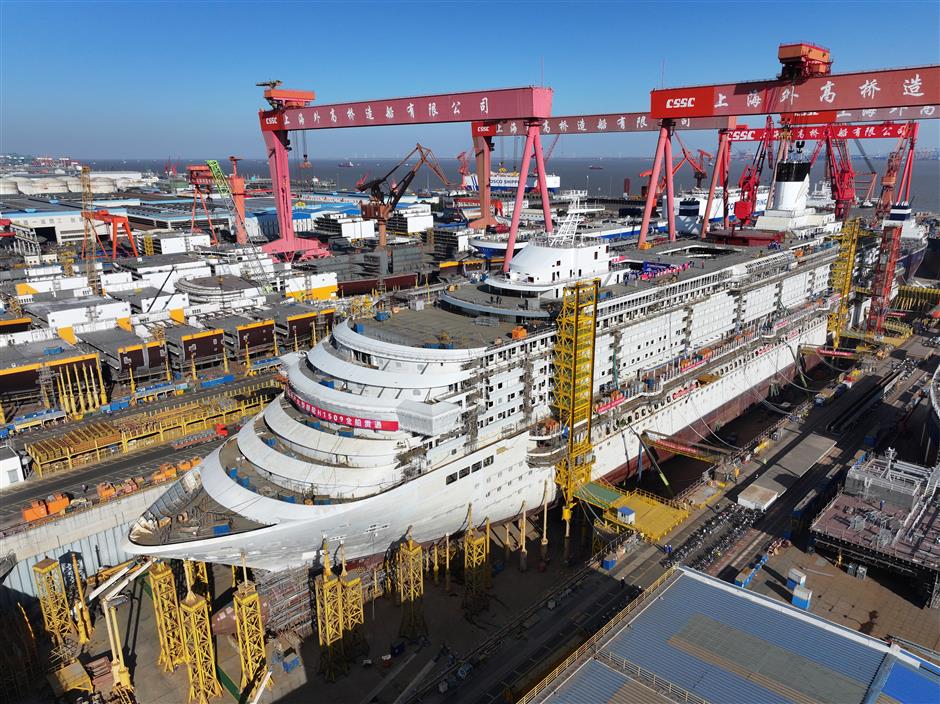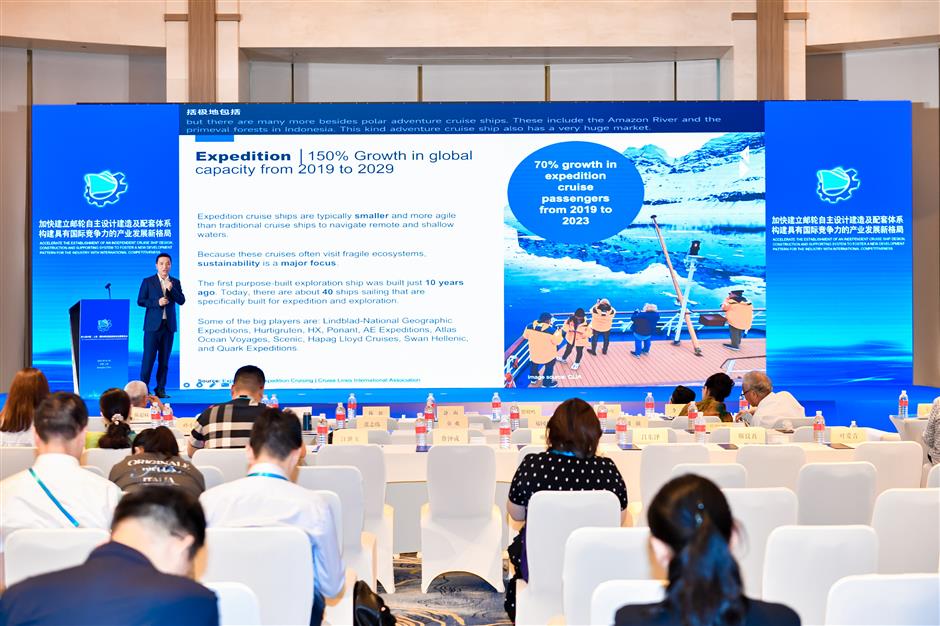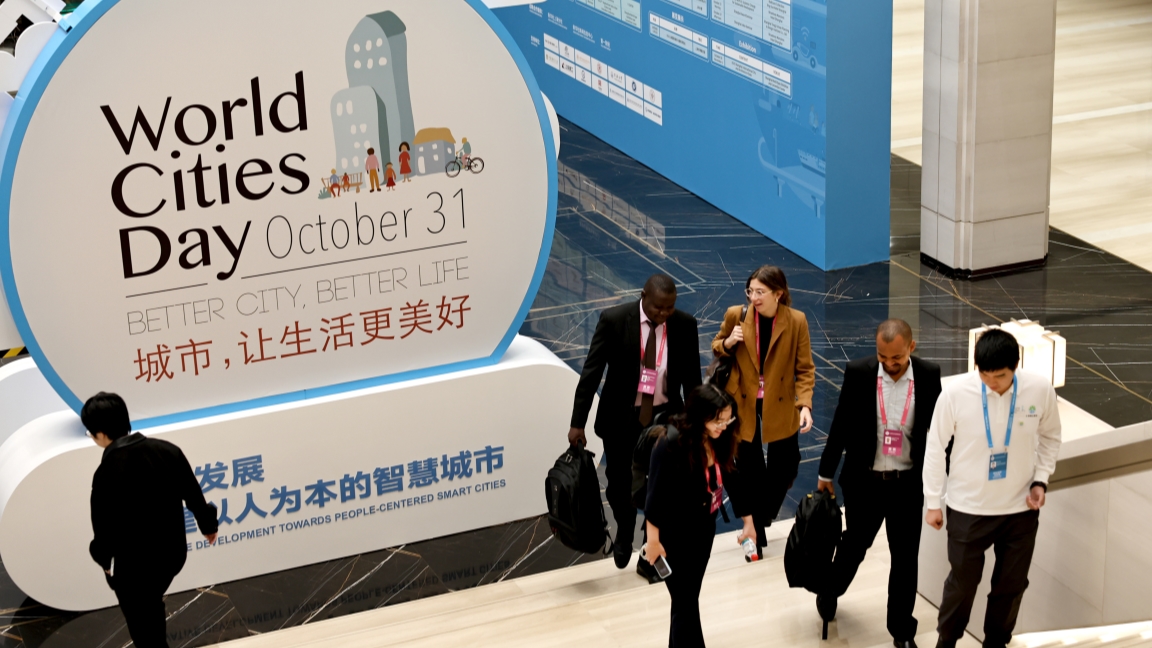China is ramping up production of its second homegrown cruise ship

China is advancing the construction of its second domestically built large cruise ship, "Adora Flower City," as part of its strategy to strengthen its foothold in the global cruise industry.
At the 7th China International Cruise Ship-building Forum and Exhibition in Shanghai on Thursday, a local shipbuilder announced that the vessel's construction had reached 80 percent at the end of August, slightly ahead of schedule. The ship is expected to be delivered in late 2026.
Adora Flower City follows the Adora Magic City, China's first domestically manufactured cruise ship, which has been in service for 20 months.
The project is regarded as a watershed moment in attempts to reduce reliance on foreign suppliers and increase the share of Chinese-made equipment, which stood at approximately 30 percent for the first vessel.
The global cruise fleet reached 338 ships by 2024, representing a consistent yearly growth rate of over 5 percent.
Passenger numbers rose faster, reaching a record 34.6 million last year and expected to top 42 million by 2028.
China is emerging as a key driver of this expansion. Passenger traffic at Shanghai's Wusongkou International Cruise Terminal increased 52 percent year on year in the first half of 2025, with 137 cruise calls.

Marine tourism contributed about 770 billion yuan (US$106 billion) to the national economy in the first half, up 8 percent from the previous year, according to the Ministry of Natural Resources.
Li Jianing, chief of technology development at Shanghai Waigaoqiao Shipbuilding, stated that the shipyard has modern production lines and digital factory systems to manage the demanding work of cruise shipbuilding. He said that the second vessel's construction efficiency has increased by around 20 percent over the first.
"Our goal is to increase the localization rate of key systems," Li added, referring to efforts to develop Chinese-made core equipment and logistical solutions to reduce costs and increase competitiveness.
Shanghai is developing an industrial cluster with assembly and equipment bases on Changxing Island to promote the city as a cruise economic development hub.
Wang Xu, deputy head of the Shanghai Transport Commission, said that the city intends to use its international shipping center position to boost the cruise industry.
"After Adora Flower City is delivered in 2026, China's cruise industry will take another important step," he said.
Global order books reveal a need for 79 new cruise ships worth almost US$70 billion between 2025 and 2036. Large vessels exceeding 150,000 gross tons account for the largest share, followed by smaller ships weighing around 50,000 tons.



In Case You Missed It...


![[See & Be Seen] Check Out the Belgian Beer Fest Happening NOW](https://obj.shine.cn/files/2025/10/25/112ac044-9469-432d-a275-691278096991_0.jpg)





